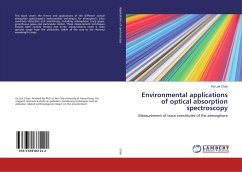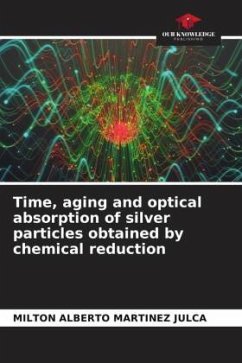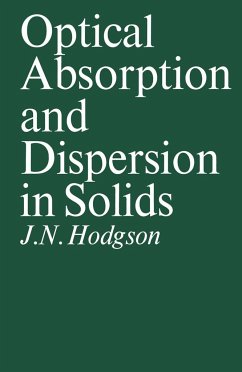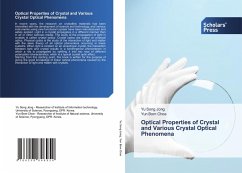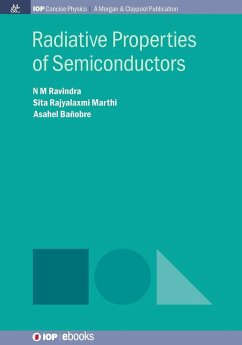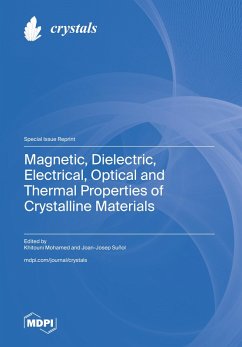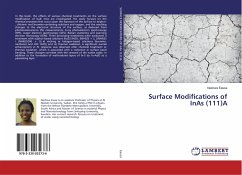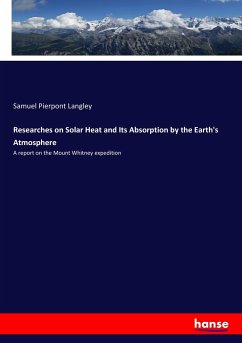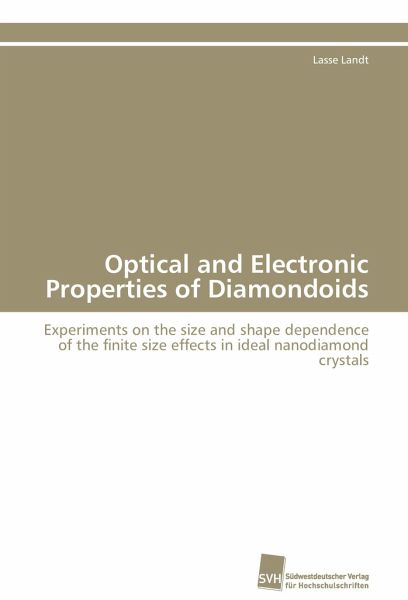
Optical and Electronic Properties of Diamondoids
Experiments on the size and shape dependence of the finite size effects in ideal nanodiamond crystals
Versandkostenfrei!
Versandfertig in 6-10 Tagen
53,99 €
inkl. MwSt.

PAYBACK Punkte
27 °P sammeln!
Quantum confinement in low-dimensional semiconductor nanostructures enables materials with tuneable electronic and optical properties. This book discusses three-dimensionally confined structures in diamond, a material with remarkable physical attributes. Data for a series of size and shape-selected, hydrogen-passivated nanodiamonds (diamondoids) are presented. Diamondoids consist of face-fused cages that are perfectly sp³-hybridized and thus directly superimposable on the bulk diamond crystal lattice. The present gas phase experiments provide benchmark data as they were obtained under boundar...
Quantum confinement in low-dimensional semiconductor nanostructures enables materials with tuneable electronic and optical properties. This book discusses three-dimensionally confined structures in diamond, a material with remarkable physical attributes. Data for a series of size and shape-selected, hydrogen-passivated nanodiamonds (diamondoids) are presented. Diamondoids consist of face-fused cages that are perfectly sp³-hybridized and thus directly superimposable on the bulk diamond crystal lattice. The present gas phase experiments provide benchmark data as they were obtained under boundary conditions similar to those assumed in typical theoretical investigations. They show that characteristic optical properties for diamond nano-wire, -sheet, and -crystal evolve already in the sub-nm size regime. Most notably, a striking similarity in optical response between a tetrahedral diamondoid and the bulk material is found. Further, diamondoids have been found to luminesce in the UV, making them prospective candidates for optoelectronic applications. Besides their fundamental interest, the current findings disclose considerable technological potential of these new nanocarbon materials.



